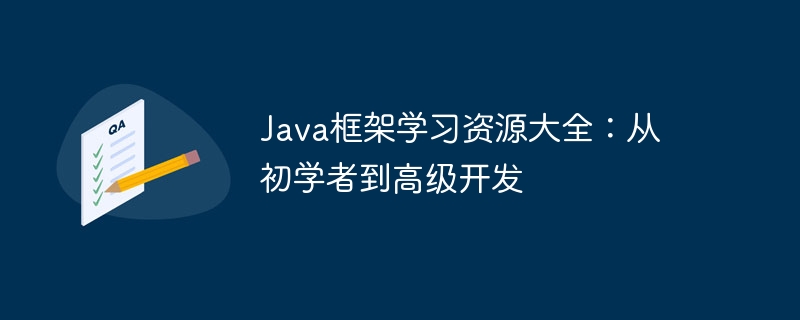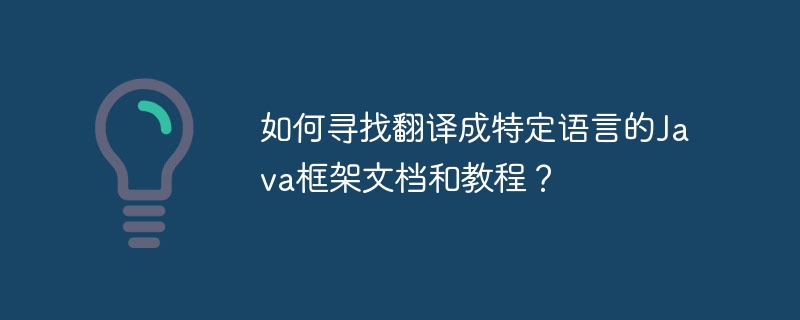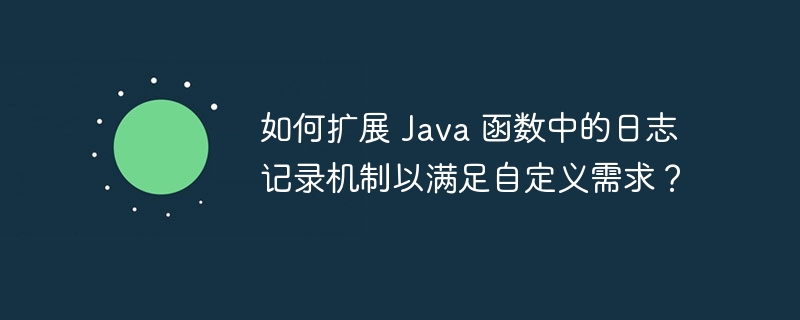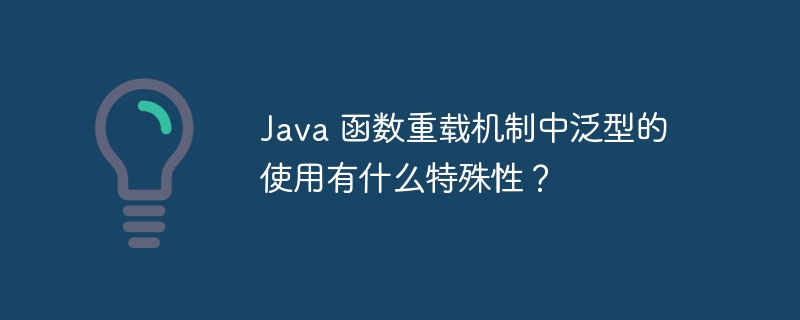使用Spring的ResourceUtils读取资源目录下的json文件。
使用common-io将读取的文件转化为json字符串。
使用fastjson将json字符串反序列为对象。

pom.xml,主要是common-io、fastjson的引入。
<!-- 资源目录资源文件读取 --> <dependency> <groupId>commons-io</groupId> <artifactId>commons-io</artifactId> <version>2.11.0</version> </dependency> <!-- 反序列化json字符串 --> <dependency> <groupId>com.alibaba.fastjson2</groupId> <artifactId>fastjson2</artifactId> <version>2.0.14</version> </dependency>
notice.json,简单列举要使用json内容。
[
{
"title": "新功能xxx上线",
"content": "支持xxx"
},
{
"title": "旧功能xxx下线",
"content": "不支持xxx"
}
]3.1.定义接口
package com.example.springbootjson.service;
import com.example.springbootjson.domain.NoticeInfo;
import java.io.IOException;
import java.util.List;
/**
* @author hongcunlin
*/
public interface NoticeService {
/**
* 获取公告
*
* @return 公告
* @throws IOException 文件
*/
List<NoticeInfo> getNoticeInfoList() throws IOException;
}3.2.实现接口
这里可以说是本文的核心部分了,具体可以看代码中的实现,通过ResourceUtils读取notice.json这个json文件,通过common-io的FileUtils转化文件为json字符串,通过fastjson的JSON反序列json对象。
package com.example.springbootjson.service.impl;
import com.alibaba.fastjson2.JSON;
import com.example.springbootjson.domain.NoticeInfo;
import com.example.springbootjson.service.NoticeService;
import org.apache.commons.io.FileUtils;
import org.springframework.stereotype.Service;
import org.springframework.util.ResourceUtils;
import java.io.File;
import java.io.IOException;
import java.util.List;
/**
* @author hongcunlin
*/
@Service
public class NoticeServiceImpl implements NoticeService {
@Override
public List<NoticeInfo> getNoticeInfoList() throws IOException {
File file = ResourceUtils.getFile("classpath:notice.json");
String json = FileUtils.readFileToString(file, "UTF-8");
List<NoticeInfo> noticeInfoList = JSON.parseArray(json, NoticeInfo.class);
return noticeInfoList;
}
}编写一个简单的集成测试,将上述编写的Service注入,执行方法,打印执行结果。
package com.example.springbootjson;
import com.example.springbootjson.service.NoticeService;
import org.junit.jupiter.api.Test;
import org.springframework.boot.test.context.SpringBootTest;
import javax.annotation.Resource;
import java.io.IOException;
@SpringBootTest
class SpringbootJsonApplicationTests {
@Resource
private NoticeService noticeService;
@Test
void contextLoads() throws IOException {
System.out.println(noticeService.getNoticeInfoList());
}
}
可以看到,可以正常地输出json文件中的内容,说明我们的程序是正确的。





